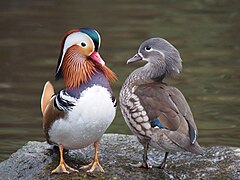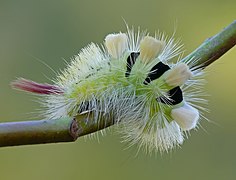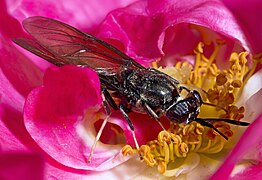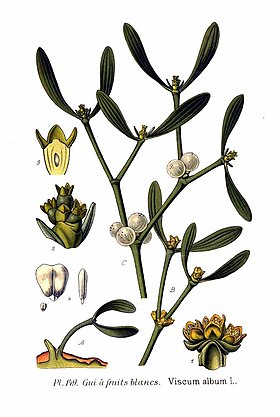대문
|
위키생물종에 오신 것을 환영합니다!
|
분류군 둘러보기
|
위키생물종 둘러보기
협력위키생물종과 주키스(ZooKeys) 사이의 협력이 공표되었습니다. 2010년 11월에 파이투키스(PhytoKeys)도 협력에 동참했습니다. 주키스 및 파이투키스의 생물종 영상이 위키미디어 공용에 올려졌으며 위키생물종에서 사용할 수 있습니다. 저명한 생물학자 Mary Agnes Chase Mary Agnes Chase, née Merrill, was an American botanist who worked at the U.S. Department of Agriculture and the Smithsonian Institution. She is considered one of the world's outstanding agrostologists and is known for her work on the study of grasses, and also for her work as a suffragist. Chase was born in Iroquois County, Illinois and held no formal education beyond grammar school. That aside, she made significant contributions to the field of botany, authored over 70 scientific publications, and was conferred with an honorary doctorate in science from the University of Illinois. She specialized in the study of grasses and conducted extensive field work in North- as well as and South America. Her Smithsonian Field Books collection from 1897 to 1959 is archived in the Smithsonian Institution Archives. In 1901, Chase became a botanical assistant at the Field Museum of Natural History under Charles Frederick Millspaugh, where her work was featured in two museum publications: Plantae Utowanae (1900) and Plantae Yucatanae (1904). Two years later, Chase joined the U.S. Department of Agriculture (USDA) as a botanical illustrator and eventually became a scientific assistant in systematic agrostology (1907), assistant botanist (1923), and associate botanist (1925), all under Albert Spear Hitchcock. Chase worked with Hitchcock for almost twenty years, collaborating closely and also publishing, for instance The North American Species of Panicum (1910). Following Hitchcock's death in 1936, Chase succeeded him to become senior botanist in charge of systematic agrostology and custodian of the Section of Grasses, Division of Plants at the United States National Museum (USNM). Chase retired from the USDA in 1939, but continued her work as custodian of the USNM grass herbarium until her death in 1963. She was an Honorary Fellow of the Smithsonian Institution (1959) and Fellow of the Linnean Society of London (1961). Agnesia is named in her honour (a monotypic genus of herbaceous South American bamboo in the grass family). Chase experienced discrimination based on her gender in the scientific field, for example, being excluded from expeditions to Panama in 1911 and 1912 because the expedition's benefactors feared the presence of women researchers would distract men. During World War I, Chase marched with Alice Paul and was jailed several times for her activities. In 1918, she was arrested at the Silent Sentinels rally picketing the White House; she refused bail and was held for 10 days, where she instigated a hunger-strike and was force-fed. The USDA accused her of "conduct unbecoming a government employee," but Hitchcock helped her keep her job. Chase was also an active member of the National Association for the Advancement of Colored People (NAACP). See also: Distinguished authors of previous months. |
Species of the monthEuropean MistletoeSome facts on this plant: Distribution: Europe and western and southern Asia. Leaves: Opposite, strap-shaped, 2–8 cm long. Flowers: Yellowish-green, 2–3 mm across. Fruit: White or yellow berry, usually with a single seed. Medical uses: Used as a treatment for degenerative joint inflammation (osteoarthritis) and malignant tumors. First described: By the Swedish naturalist Carolus Linnaeus in 1753. Viscum album doesn't grow on the ground but on the branches or trunks of trees. It sends out roots that penetrate into the tree and take up nutrients. This shrub is a common holiday decoration in Europe. Sprigs of mistletoe were believed to protect the house from fire and lightning, and couples meeting under hanging mistletoe were obliged to kiss. The mistletoe was also important to the ancient Celts, who believed the plant to be an antidote for poison. Because it is a tree-parasite, the modern reputation of mistletoe has not been as favorable. However, ecological studies have shown that more new juniper trees sprout in areas with mistletoe, and that more berry-eating birds are attracted by the mistletoe's fruit, so that nearby berry-producing trees are more likely to have their seeds distributed. Currently at least six subspecies are recognized. They differ in fruit colour, leaf shape and size, and most obviously in the host trees utilised. |
|
위키생물종은 다언어, 자유 콘텐츠를 지향하는 비영리 단체인 위키미디어 재단에서 운영합니다.
|






















